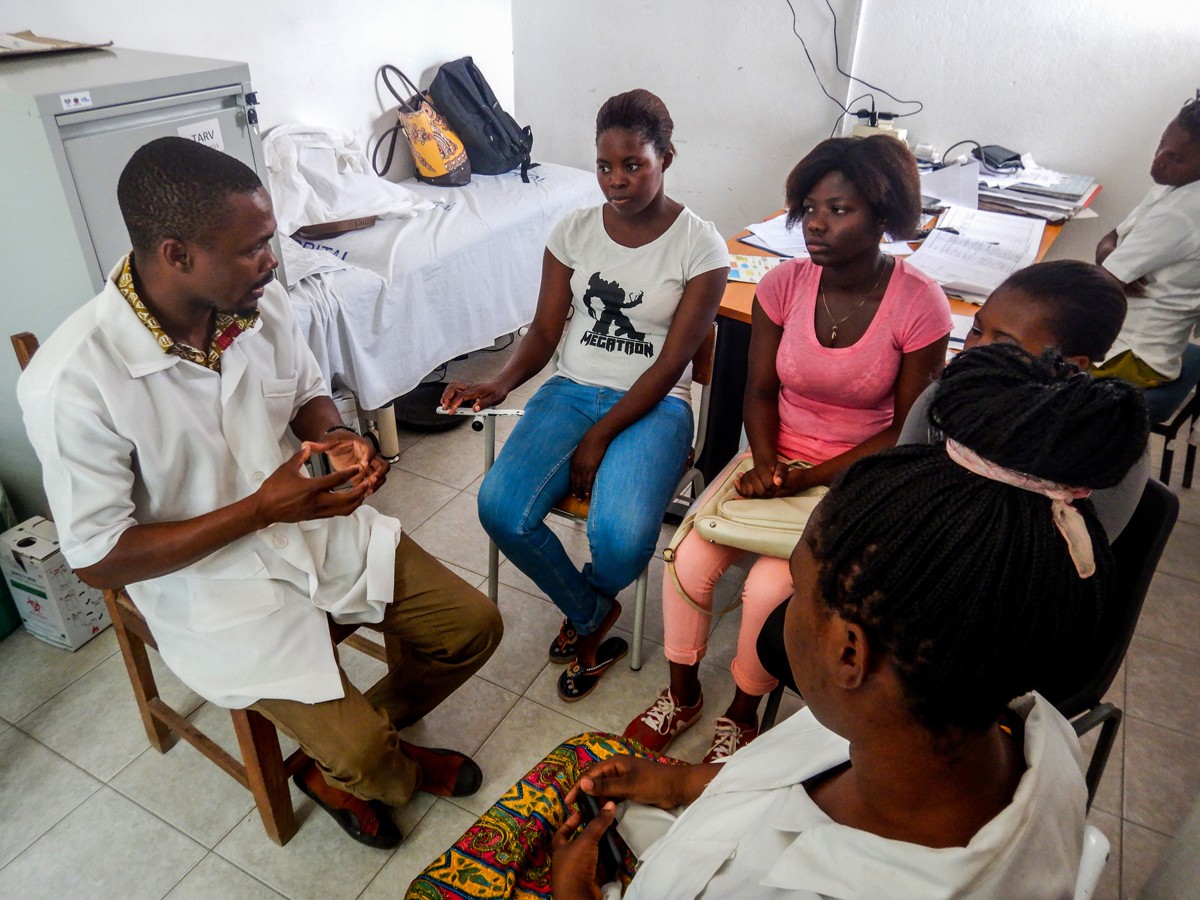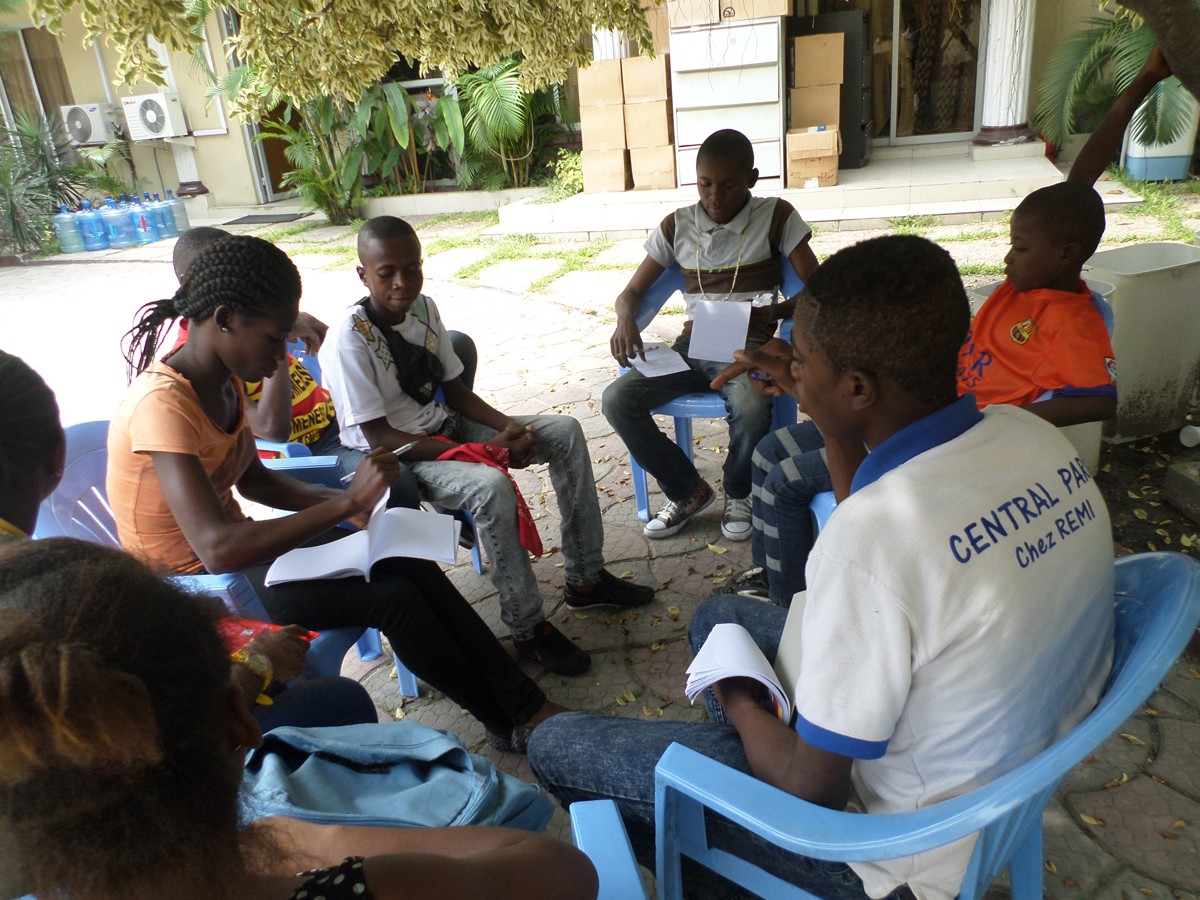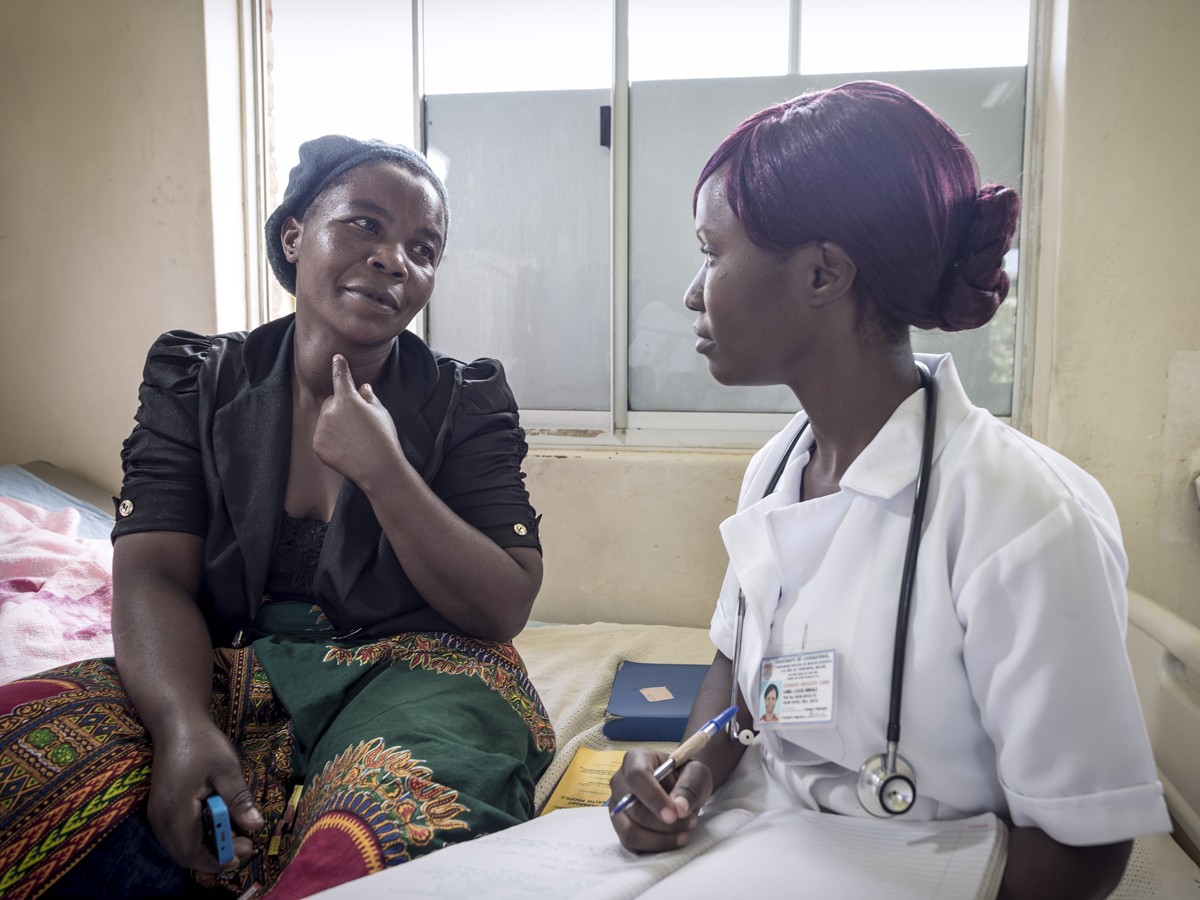Authors:
Cicero KI, Dlamini X, Mavengere Y, Justman J, Nuwagaba-Biribonwoha H, Dlamini S, Dlamini M, Ngwenyama S, Ngcamphalala C, Low A, Philip NM, El-Sadr WM, Sahabo R, Abreha T, Temesgen S, Mahlalela N, Chiuzan C, Chen Y, Pan SS, Lentzsch S, Neugut AI
Abstract:
Purpose: Although monoclonal gammopathy of undetermined significance (MGUS) and multiple myeloma disproportionately affect Black individuals, few epidemiologic studies have been conducted on these plasma cell disorders in Africa. Here we describe the prevalence of MGUS in Eswatini and compare our results to the landmark Olmsted County, USA study.
Methods: Between 2016 and 2017, 13,339 residents of Eswatini participated in the Swaziland HIV Incidence Measurement Survey, from which a nationally-representative biorepository was created. Plasma samples were then randomly selected and analyzed for MGUS. MGUS prevalence in Eswatini was compared to that of Olmsted County. Additionally, demographic and HIV-related associations with MGUS were assessed.
Results: Of the 515 samples randomly selected, the median age was 50 years (range 35-80) and 60% were female; 38.6% were HIV-positive, of whom 82.4% were on antiretroviral therapy. We found that 68 had evidence of MGUS for a prevalence of 13.2%. HIV status was not significantly associated with MGUS (OR, 1.05; 95%CI, 0.62-1.77), but among HIV-positive individuals, MGUS was less frequent for those on antiretroviral therapy (adjusted OR, 0.31; 95%CI, 0.11-0.82). The prevalence of conventional MGUS was similar between Eswatini and Olmsted County (3.4% vs 3.2-3.4%), while light-chain MGUS was significantly greater in Eswatini (12.3% vs 0.8%).
Conclusion: Our study suggests that the incidence of MGUS is similar between ethnicities and raises the question of whether the current definition of light-chain MGUS reliably reflects a true monoclonal protein precursor state. Perhaps the current definition of light-chain MGUS may be capturing alternate etiologies, such as untreated HIV infection.







